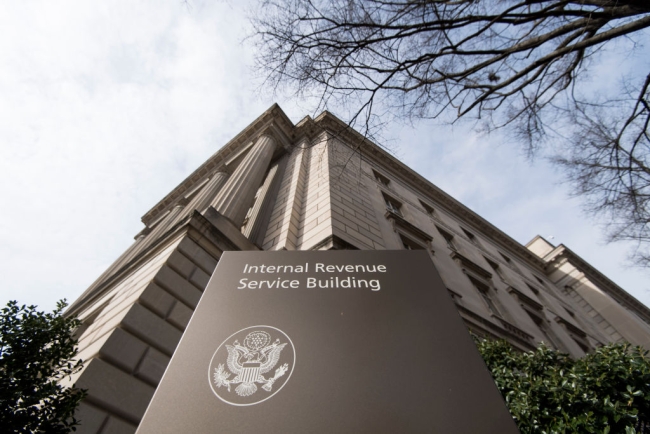You have /5 articles left.
Sign up for a free account or log in.

Getty Images
At the University of Nebraska at Kearney, the spring semester started Monday. But ongoing technical issues at the Internal Revenue Service meant some students at the campus still hadn’t been approved to receive the federal student aid they needed to attend classes.
That’s because they were selected for a process known as income verification. And those IRS technical issues meant the students -- like others at campuses across the country -- couldn’t get the necessary paperwork to prove they qualified for aid awards.
On Wednesday, though, the Education Department released long-awaited guidance giving financial aid administrators alternative ways to verify students’ family incomes.
Mary Sommers, the financial aid director at the Kearney campus, said there was a “little explosion of cheering” in her office after the guidance was released.
“It would help these students so much,” she said.
The department’s new guidance allows students to submit tax returns to demonstrate family income instead of tax transcripts from the IRS, an official document including line items like gross income, that can take weeks to obtain -- even when the process is working correctly. And non-tax filers can submit signed statements that they did not file taxes.
Most students at the Nebraska campus file the Free Application for Federal Student Aid, or FAFSA, in the fall, so just a handful had been affected by the verification issue, Sommers said. But those challenges can mean the difference between attending class or not.
"We have for sure one case, and maybe more, where students are just opting not to enroll," she said.
At colleges with more frequent start dates or at community colleges, where students more often enroll semester to semester, the effect of the verification roadblock this month is likely even bigger.
Students eligible for Pell Grants are flagged for income verification at higher rates. That means additional bureaucratic hurdles for those students most in need of financial aid and, sometimes, those least equipped to navigate the process. The challenges involved in verification have come under closer scrutiny recently as part of broader discussions about simplifying the application process for student aid. The National College Access Network estimates that more than half of Pell-eligible students were selected for income verification in the 2016-17 financial aid cycle, and 44 percent of those applicants never received a Pell Grant.
The technical issues at IRS happened as the agency furloughed employees because of the ongoing government shutdown. Officials told news outlets that those issues were the result of routine maintenance and not the shutdown. But student aid groups were still frustrated with the timing and lack of communication from the agency.
“Even on a good day, when everything is working right at IRS, obtaining tax transcripts is an arduous and difficult process,” said Justin Draeger, president of the National Association of Student Financial Aid Administrators. “That’s why we lobbied for this.”
Education Department officials announced at the Federal Student Aid conference last year that the agency would release new federal guidance giving aid administrators more options to verify family incomes. The release of that guidance became even more urgent this month as the problems with the regular IRS process became apparent to college officials.
J. Noah Brown, president and CEO of the Association of Community College Trustees, said the group appreciated the fix for students filing FAFSA applications this semester but added that a bigger solution was needed to cut down on income verification checks.
“Over the longer term, the Department of Education and lawmakers in Congress should streamline FAFSA verification requirements to ensure that community college students have access to financial aid and to ease administrative burdens on community college financial aid offices,” he said. “The current requirements are overly burdensome to both students and institutions, and they can create unnecessary barriers to students’ pursuits of postsecondary education.”




